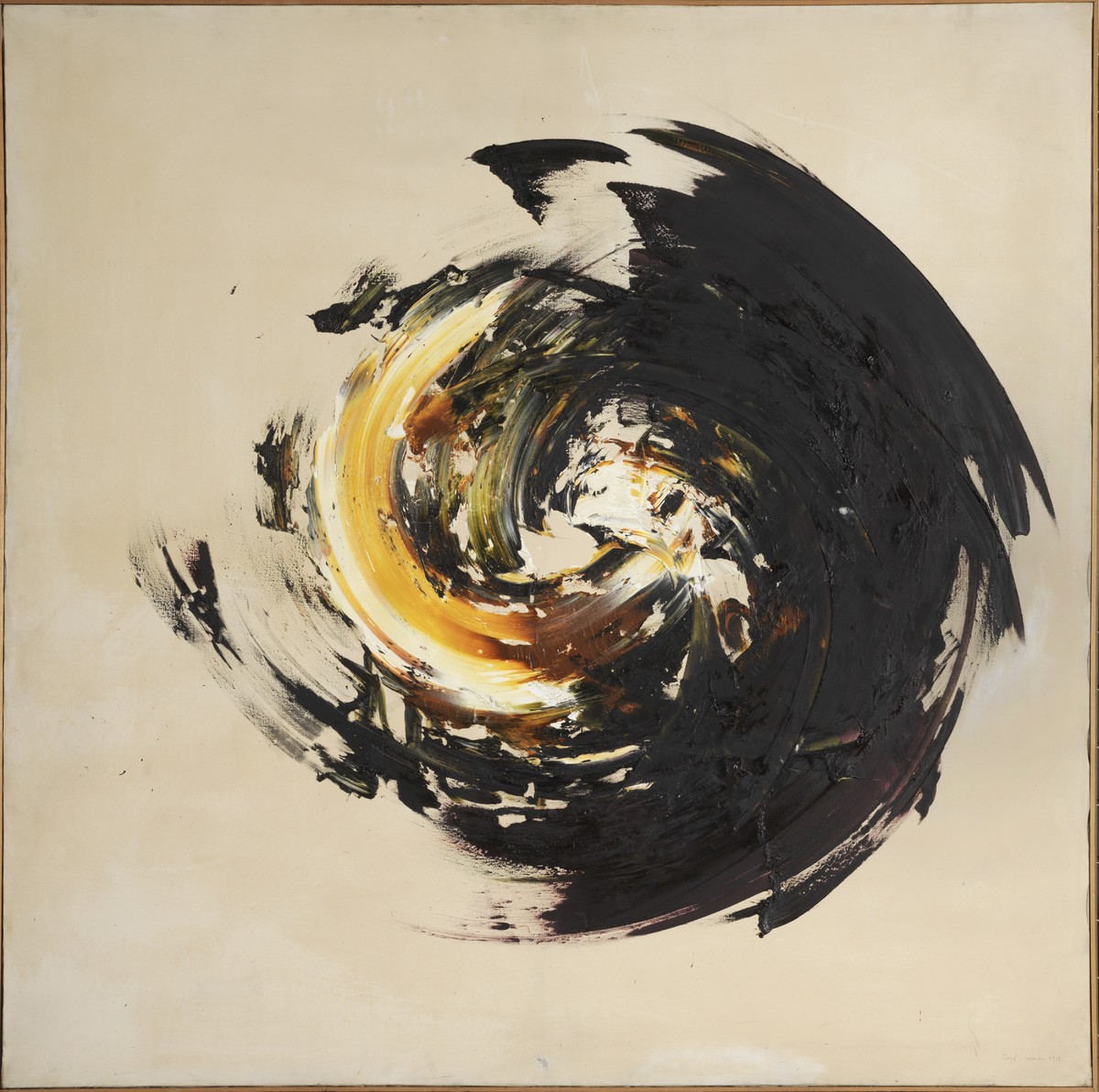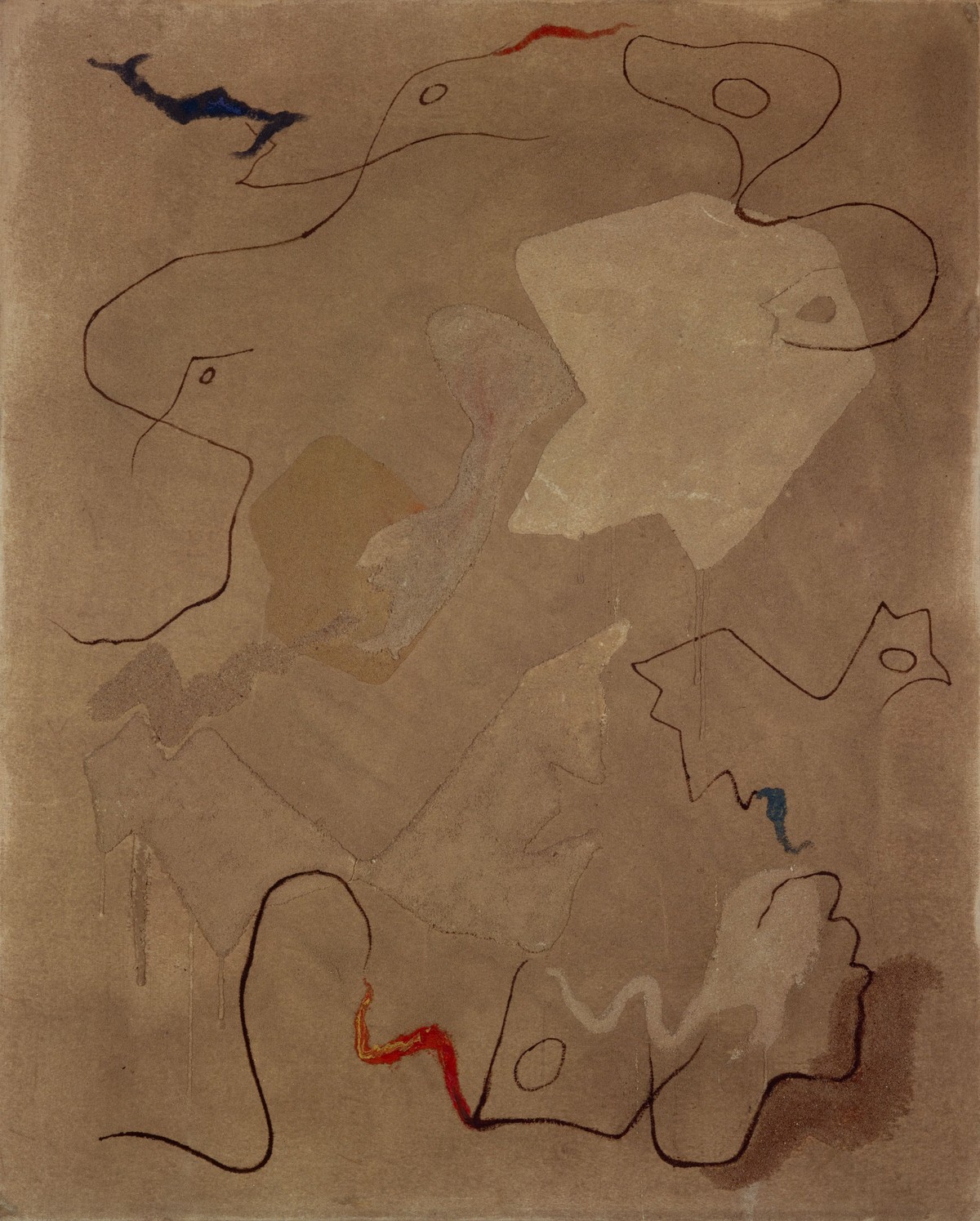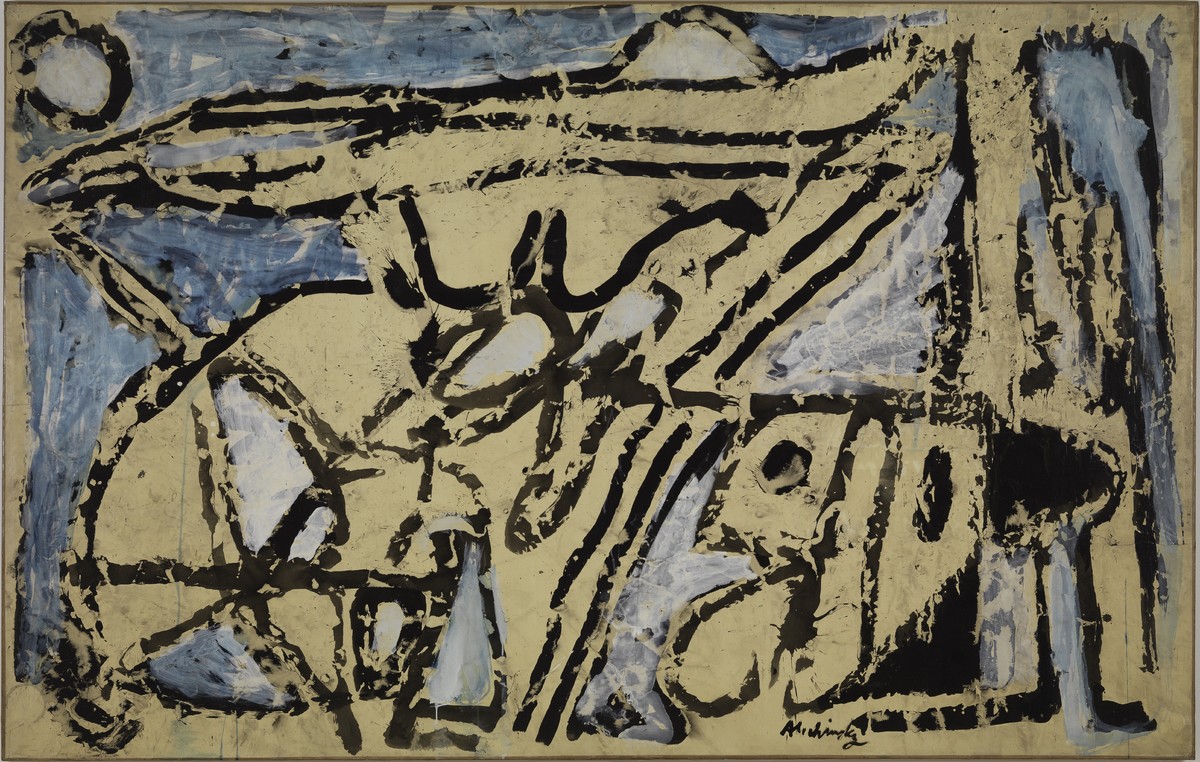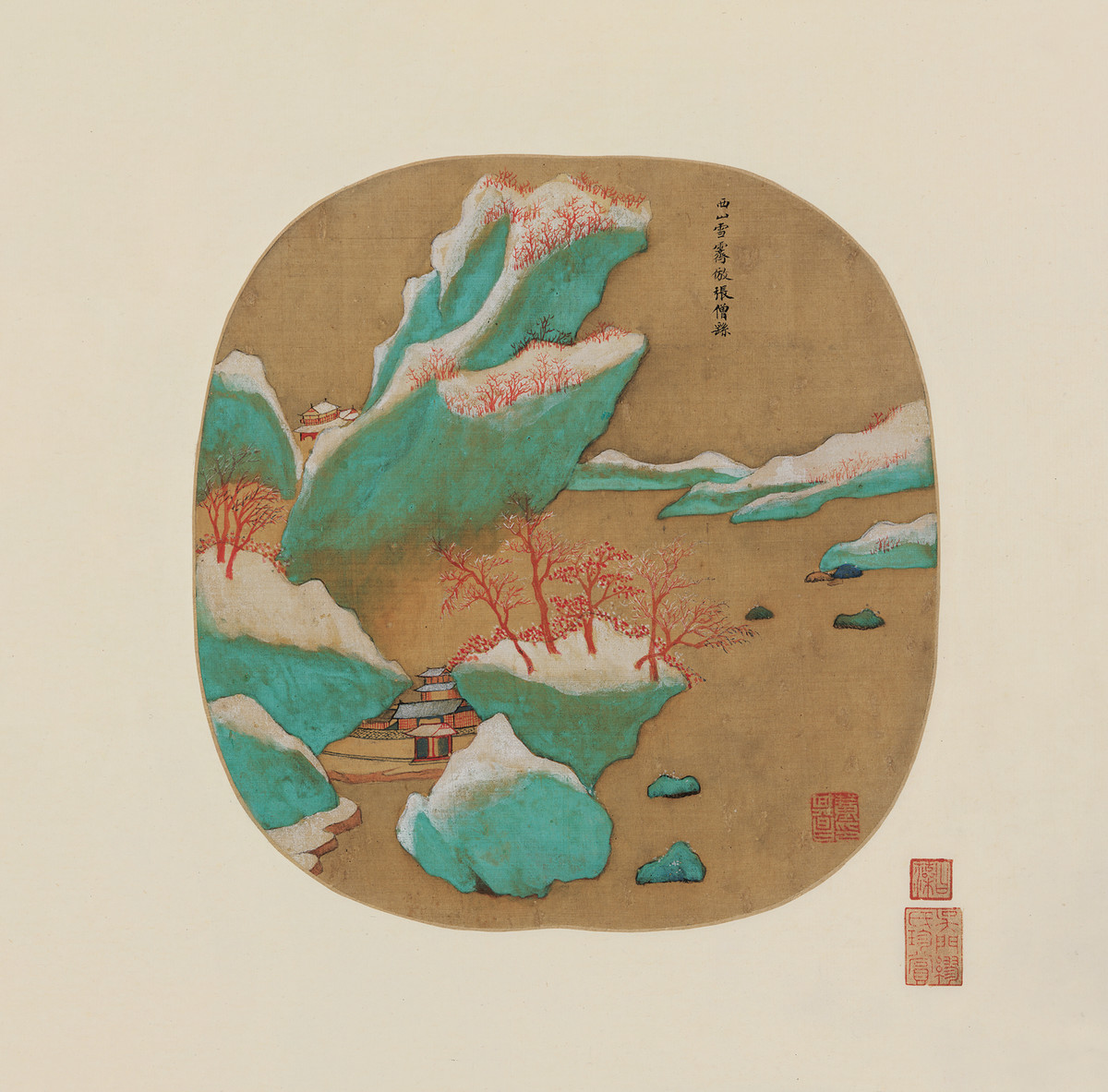Centre Pompidou × West Bund Museum Project
Painting the Essential — Surrealism and the East
29 April - 24 September 2023 | Gallery 3
Curator: Didier Ottinger (deputy director of the Musée National d’art modern) and Marie Sarré (curator, modern collection, Musée National d’art modern)
From 29 April to 24 September 2023, the Centre Pompidou × the Westbund Museum presents the exhibition “Painting the Essential—— Surrealism and the East.” Based on the Centre Pompidou collection and generously enriched with loans from the Shanghai Museum, the exhibition sheds new light on Surrealism, particularly on its abstract tendency and its previously unexplored dialogue with East.

Judit REIGL
Center of Dominance, 1958
Oil on canvas, 191× 189 cm
Gift of the artist, 2011
Centre Pompidou, Paris, Musée national d’art moderne - Centre de création industrielle
Photo credit : ©Centre Pompidou, MNAM-CCI/Georges Meguerditchian/Dist. RMN-GP
Copyright Artwork : © Adagp, Paris
As direct witnesses of World War I, seeking a spiritual alternative and challenging the values of the West, seemingly incapable of averting its own destruction, Surrealist poets and painters very soon turned their gaze toward East. There they discovered a world where painting and poetry were inseparable. The painter André Masson thus observed: “it’s a way of existing - in the deepest sense - and not, as with us, a way of doing. A vital decision for the Asian, an aesthetic attitude for the European.”
Rarely has any Western pictorial movement, as much as Surrealism, established the framework for a veritable aesthetic dialogue between East and West.
The French poet André Breton published the Surrealist Manifesto in Paris in 1924. Accompanied by Louis Aragon, Paul Éluard, Robert Desnos, Philippe Soupault and Antonin Artaud, he founded a decidedly new literary and artistic movement, free from the control of reason, which spread very widely in Europe and then throughout the world, and petered out in the 1960s after an exceptionally long life.

Bird Attracted to Ripe Fruit
Selected from the Album Painting and Calligraphy by Zhu Da and Yuan Ji
Bada Shanren (1626–1705)
Qing dynasty (1644–1911)
Album leaf
Ink on paper
Shanghai Museum
As a movement founded by poets, Surrealism made writing an impassable model. Transposing the principles of automatic writing as applied by André Breton and Philippe Soupault in Les Champs Magnétiques (The Magnetic Fields, 1919), Masson made the first «automatic drawings» in which he applied the swiftness of Chinese calligraphy.

André MASSON
The Villagers, 1927
Oil and sand on canvas
80.5 × 64.5 cm
Gift of Louise et Michel Leiris, 1981
Centre Pompidou, Paris
Musée national d’art moderne - Centre de création industrielle
Photo credit : © Centre Pompidou, MNAM-CCI/Jacques Faujour/Dist. RMN-GP
Copyright Artwork : © Adagp, Paris
Commenting on his first automatic drawings, the artist wrote: “We know how much writing in China and Japan is associated with the practice of great painting. There is no example – it is inconceivable - of an eminent painter who is not also a great calligrapher. [...] What is admirable about Chinese ideography is that it is pictorial.”
The East and its calligraphy provided a model of the union, of the fusion between painting and poetry that Joan Miró sought in his paintings. “I make no difference between painting and poetry. I sometimes illustrate my canvases with poetic phrases, and vice versa. Did not the Chinese, those great lords of the mind, proceed in the same manner?”

Pierre ALECHINSKY
The land of Ink, 1959
Indian ink and tempera on paper mounted on canvas, 152 × 240 cm
Purchased by the State, 1960
Attribution to the Musée national d’art moderne / Centre de création industrielle, 1961
Centre Pompidou, Paris
Musée national d’art moderne - Centre de création industrielle
Photo credit : © Centre Pompidou, MNAM-CCI/Philippe Migeat/Dist. RMN-GP
Copyright Artwork : © Adagp, Paris

One Leaf Selected from the Album Eight Scenes of Beijing and Songjiang
Dong Qichang (1555–1636)
Ming dynasty (1368–1644)
Album leaf
Ink and color on silk
Shanghai Museum
While the Surrealism of the fifties attuned its values to an avant-garde art converted to abstraction, its painters (Judith Reigl, Simon Hantaï, Christian Dotremont, Jean Dogottex) renewed the calligraphic spirit of the early days of the movement.

